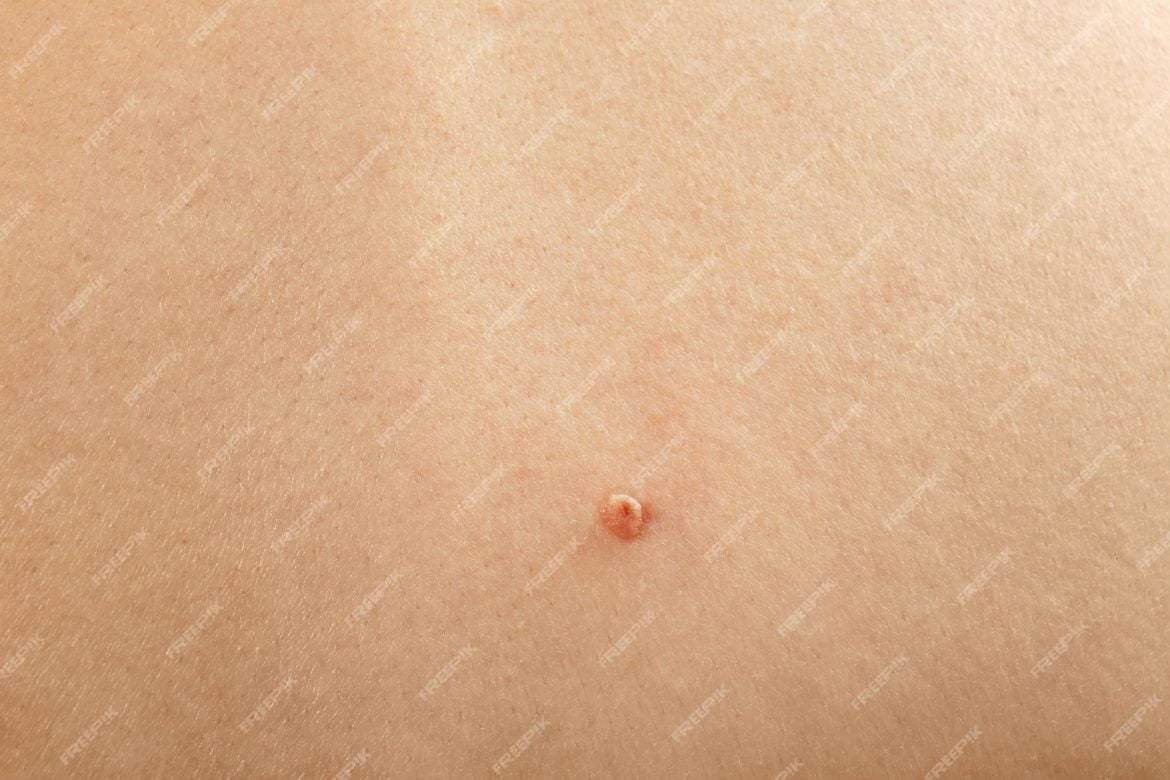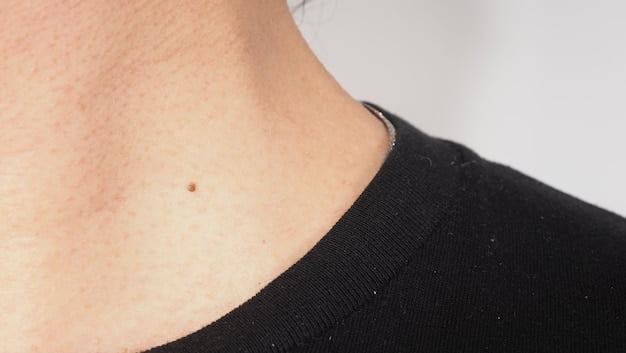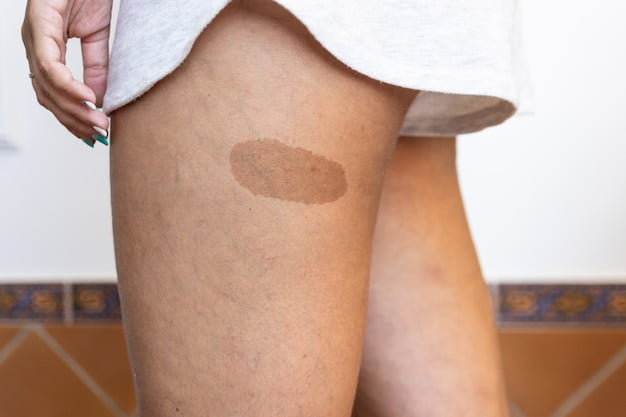
Introduction
When we gaze upon a newborn’s delicate skin, we often notice small, peculiar marks known as birthmarks. These marks can come in various shapes, sizes, and colors, leaving us with questions about their origin and significance. In this article, we will delve deep into the fascinating world of birthmarks, dispelling myths and revealing the scientific truths that lie behind them.
What Are Birthmarks?
Before we debunk the myths surrounding birthmarks, it’s crucial to understand what they are. Birthmarks are unique skin blemishes or discolorations that are present at birth or appear shortly after. They can manifest in different forms, such as moles, port-wine stains, hemangiomas, and café-au-lait spots.
The Myth of Reincarnation
One of the most enduring myths about birthmarks is that they are remnants of past lives. Some cultures believe that birthmarks are where a person’s soul was wounded in a previous existence. For example, a birthmark on the chest might suggest a fatal injury in a past life.
Debunking the Reincarnation Myth
While the idea of reincarnation is deeply rooted in various belief systems, there is no scientific evidence to support the notion that birthmarks are connected to past lives. Birthmarks are primarily caused by the concentration of pigment cells (melanocytes) or blood vessels (hemangiomas) in a particular area of the skin during fetal development.
The Stork’s Kiss
Another common myth surrounding birthmarks is the “stork’s kiss.” According to folklore, a birthmark on a baby’s forehead, eyelid, or neck is said to be the spot where the stork gently kissed the baby before delivering them to their parents.
The Reality Behind the Stork’s Kiss
The stork’s kiss is a charming tale, but in reality, birthmarks have nothing to do with avian couriers. These marks develop due to various factors, including genetic predisposition and random chance during embryonic growth.
Birthmarks as a Sign of Luck or Misfortune
In some cultures, birthmarks are seen as omens. A birthmark on certain areas of the body may be thought to bring good luck or misfortune to the individual. For instance, a birthmark on the palm may be considered a sign of wealth.
The Truth About Luck and Birthmarks
Birthmarks are not indicative of luck or misfortune. They are purely a result of the natural variations in the formation of skin cells and blood vessels. While cultural beliefs are diverse, science tells us that birthmarks have no bearing on an individual’s destiny.
The Emotional Impact of Birthmarks
Although birthmarks are harmless from a medical perspective, they can have a significant emotional impact on individuals. Some people may feel self-conscious or experience low self-esteem due to the presence of prominent birthmarks.
Coping with Birthmarks
It’s essential to promote self-acceptance and body positivity among individuals with birthmarks. Cosmetic procedures are available for those who wish to reduce the visibility of their birthmarks, but it’s crucial to embrace these unique features as part of one’s identity.
Conclusion
In conclusion, birthmarks are enigmatic skin features that have spawned numerous myths and superstitions throughout history. While these myths may add an element of mystery, science provides us with a clear understanding of their origins. Birthmarks are not connected to past lives, stork kisses, or luck; they are simply a result of natural processes during fetal development.
FAQs
- Are birthmarks hereditary?
- Birthmarks can be influenced by genetics, but they are not always inherited. Some develop spontaneously during gestation.
- Can birthmarks be removed?
- Yes, various medical procedures, such as laser therapy and surgery, can reduce or remove the appearance of birthmarks.
- Do birthmarks change over time?
- Some birthmarks may fade or change in appearance as a person grows older, while others remain consistent.
- Are all birthmarks visible at birth?
- No, some birthmarks, such as strawberry hemangiomas, may appear days or weeks after birth.
- Are birthmarks associated with any health risks?
- In most cases, birthmarks are harmless. However, some large or deep birthmarks may require medical attention.


















